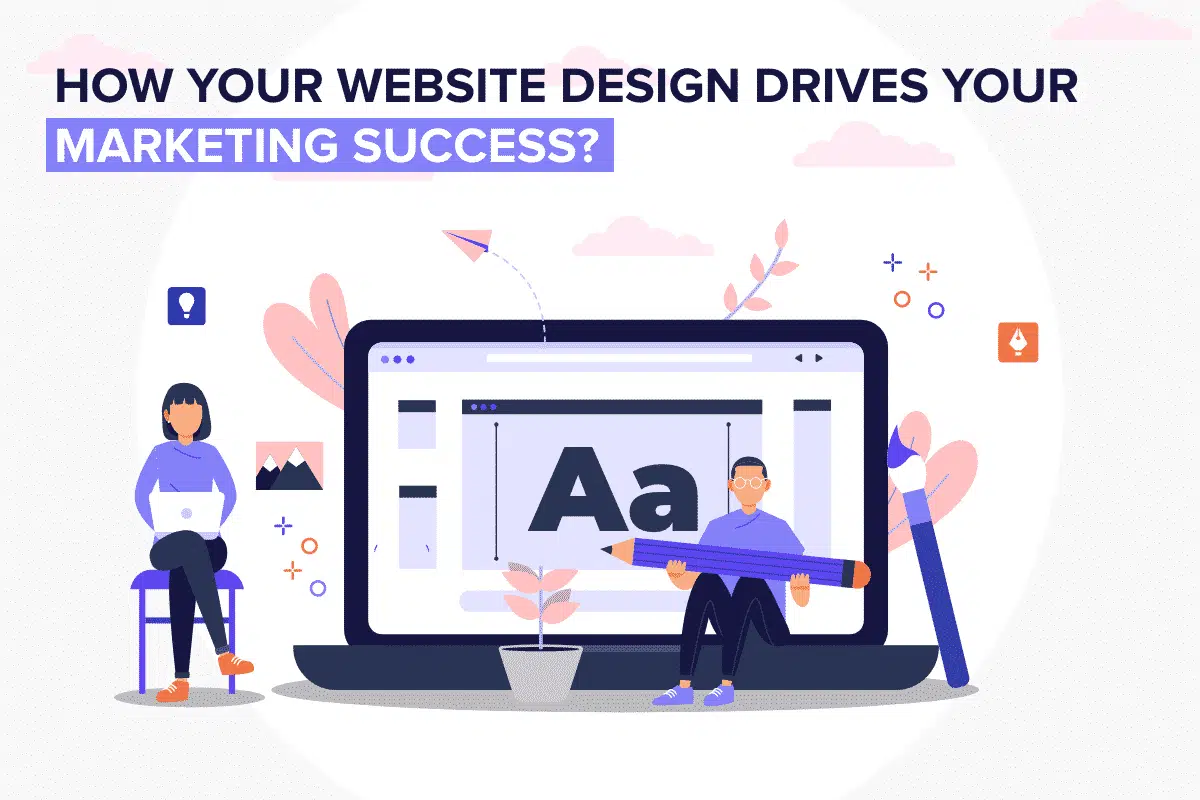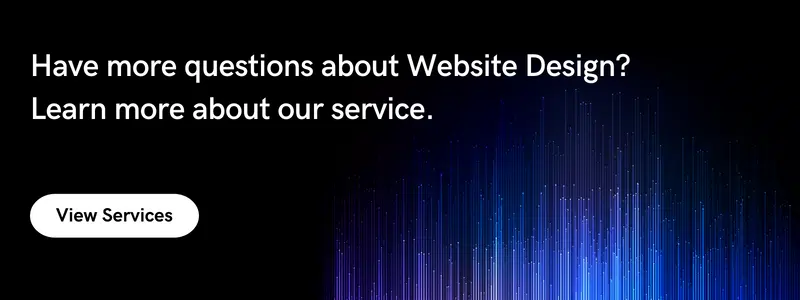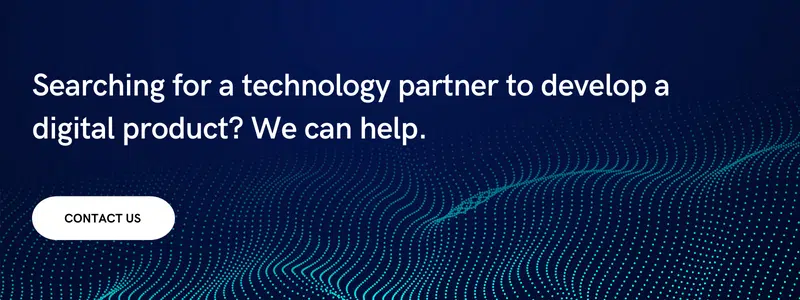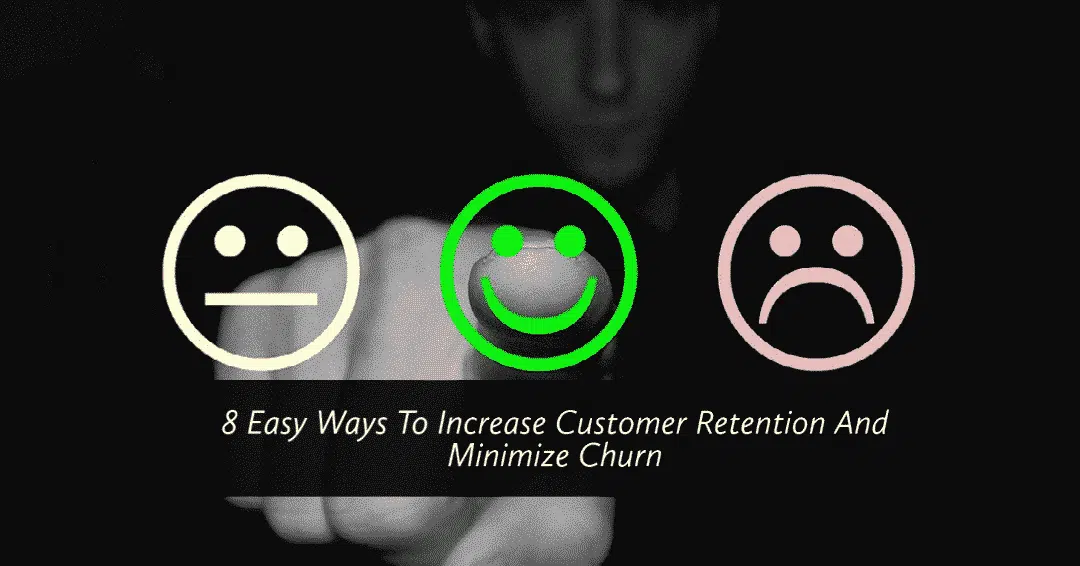Website Design And Marketing: Introduction
If you think your website design and marketing success are mutually exclusive, think again.
Why? Because they are the two sides of the same coin. One doesn’t work without the other. For instance, if you haven’t optimized your website landing pages, all your online and offline marketing activities will be naught.
This means your website should be designed to grab attention and then, most important, should be able to convert the customers whenever they land on your site – it could be through a PPC ad or perhaps an email campaign and so on.
So how do you ensure that your marketing and website design is optimized for success? There’s one rule: Figure out your website goals and then scout for a design agency to help you achieve those goals.
Your website’s goals could be sales, brand awareness, lead generation, and so on. Once you are sure of these objectives, talk to agencies or independent web designers who could help you achieve these objectives. Speak to them at length and even request them to put the strategies that could help you achieve your website goals in black and white.
Ensure that your website design and marketing answer the following questions to reach your well-defined goals:
- Is your website design and marketing wooing the right audience?
- Is your site structure hierarchical in nature?
- Is your website design SEO-friendly?
- Is your website design conversion-friendly?
- Is your website design responsive and allows quick loading?
- Does your website design and marketing resonate with your brand image?
- Have you applied analytics and monitoring to your Web Design?
So, one by one, as a website design company, we will answer the above questions, ensuring that website design is perfectly aligned for marketing success.
Is Your Website Design And Marketing Wooing The Right Audience?
First and foremost, you need to figure out your right audience. Is it the common public or a specific section of the people? Once that’s clear, build buyer personas and their user journey. This will help you foresee how they navigate your site to reach their goals.
Put another way, get into the shoes of your target audience and see your website from their eyes. And then, color your site in their favorite colors.
No, no overhauling the entire website at one go. First, try changing your landing pages, bearing in mind the audience’s taste. Then, conduct an A/B test on them with emails or PPC campaigns. You can then move to refine your CTAs.
The lessons learned from the initial experimentation would come in handy while you get to optimize the entire website.
Your website should reflect your brand and comprise messages your audience wants when they reach your site via other marketing channels.
Is Your Site Structure Hierarchical In Nature?
The site structure should ensure that all critical information should be easily accessible to the visitors in 3 clicks or less from the homepage. It’s a tree-like structure. The home page comes at the top, followed by other pages, further broken down into sub-pages. Usually, there’s a link back to the homepage on every page below it.
Is Your Website Design SEO-Friendly?
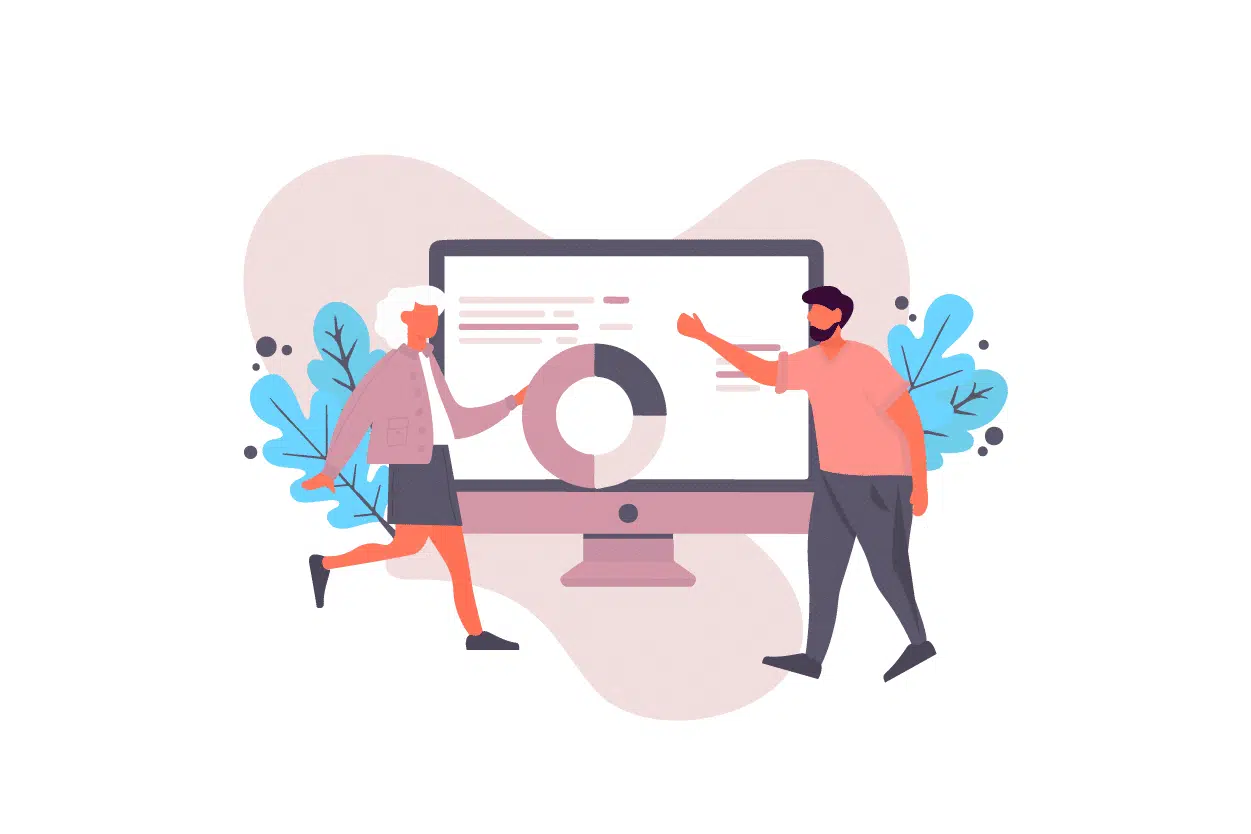
Sure, this strategy may have been mentioned to you at least a thousand and one times. But since it’s so critical to your marketing and website design, we can’t think of skipping it either.
So here we go once again: First, come up with an SEO plan. This will help you accelerate your rankings and traffic from search engines. Plus, it would increase your website’s visibility in search engines. Focus on Technical SEO, On-Page SEO, Off-Page SEO, SEO content, and Local SEO.
In addition to the above SEO practices, optimize for schema markup and rich snippets.
Further, your website should allow you to input custom metadata and alt tags, which, in turn, will provide bots with more information about the page they are crawling on your site. The page title and Meta description that users first see in SERPs will determine whether they will click on your link.
Is Your Website Design Conversion-Friendly?
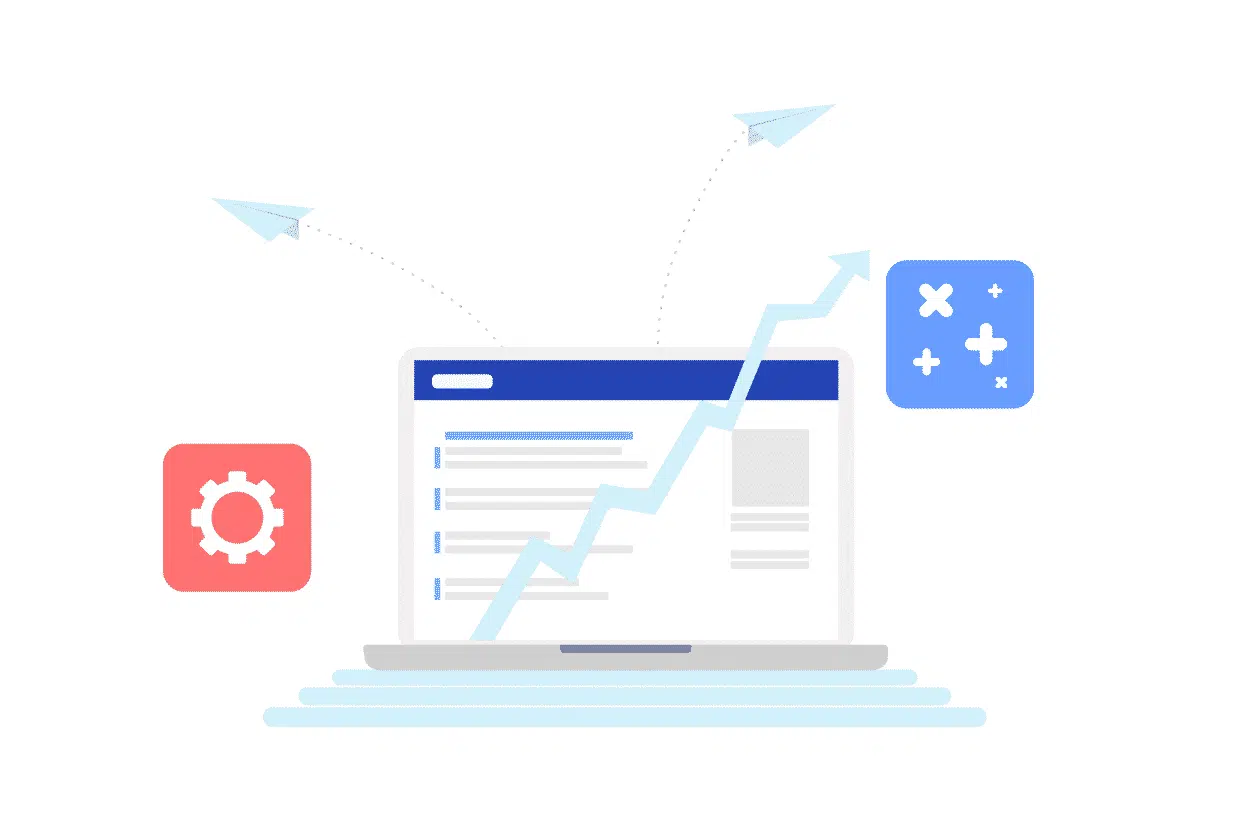
A conversion-friendly website enables people to take action on their website. A website increases its chances of turning browsers into buyers before they leave by setting up elements such as sign-up buttons, pricing pages, landing pages, and more.
But then, remember: A conversion doesn’t end in a product purchase always. Transaction Completion, Account Creation, Email Submissions, etc., are various conversion forms. The idea should be to design your site to drive users to click on CTAs, whatever they may be.
A talented web design company could help you come up with an almost-perfect website that strikes a perfect balance between appearance and efficiency. But one thing that should be made plain and clear beforehand is that the agency should be briefed about your website conversion goals right at the planning stage. This would help you refine your CTAs, if you want to, later.
Though CRO is the domain of the marketing team, they’ll have to team along with designers to undertake selective editing of the website design after A/B and multivariate testing.
Is Your Web Design Responsive And Allows Quick Loading?
It goes without saying: A website needs to be visually appealing because it strikes an emotional chord with the users. But then, even the functionalities of your website are equally, if not more, important. Users expect your site to load faster and get them to the intended pages in fewer than 3 clicks. Consequently, you should compress your images and videos to limit the file size of your site. And this should be ideally done during the design stages so that you don’t have to backtrack and make the design changes when the site is up and running.
You can use Google’s PageSpeed Tool to get more ideas on page speed. Also, these days, users tend to open sites from their smartphones. This means you must design your web pages to be responsive, specifically those pages with Call-to-Action buttons. Just imagine for a moment: your product page with the CTA button is not opening, and your customer getting frustrated and leaving your site for a competitor.
Given this task’s importance, ensure to hire quality designers who can rightfully balance the looks and performance of your site.
Does Your Website Design And Marketing Resonate With Your Brand Image?
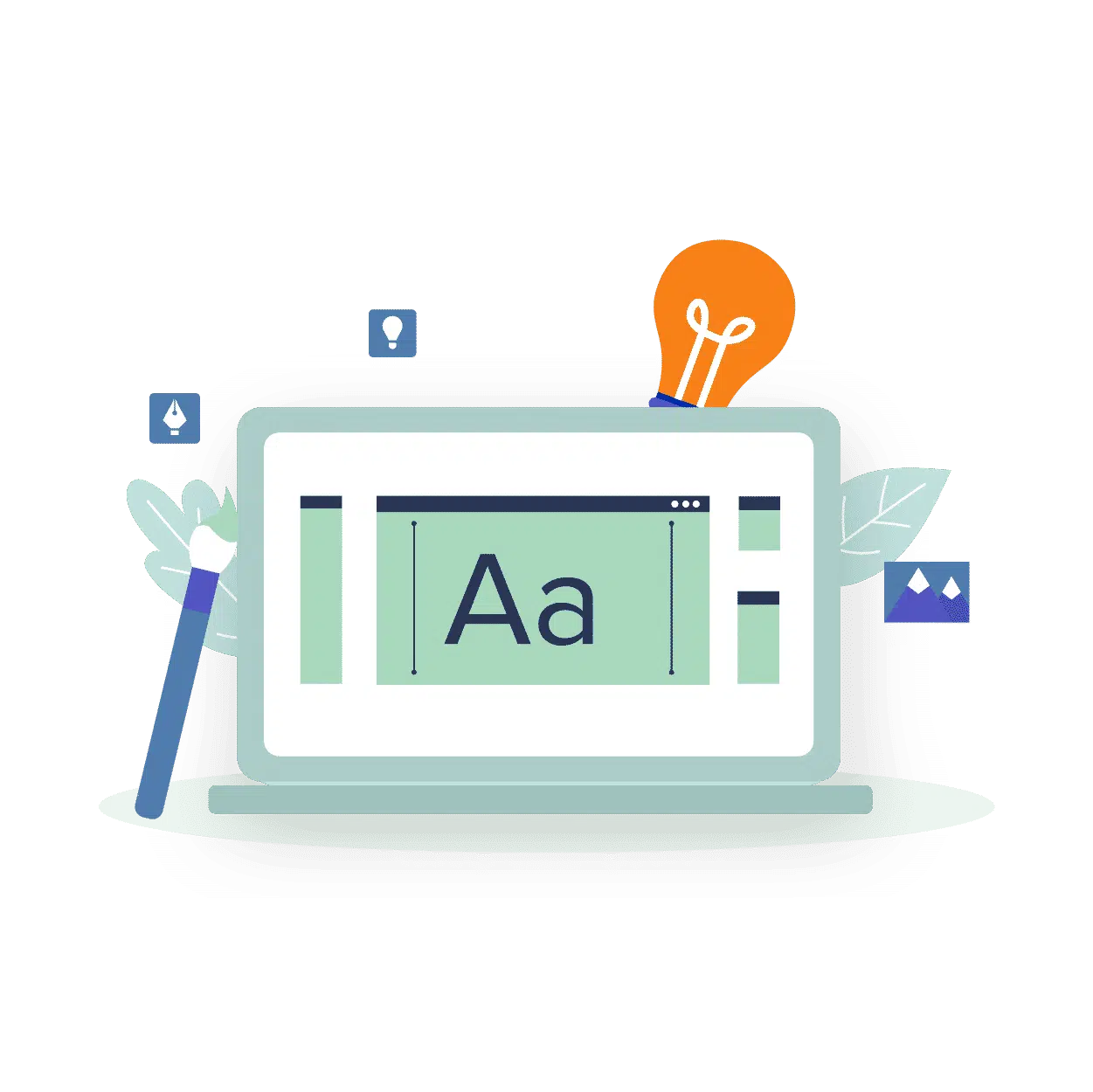
If you want your brand to embody a picture of simplicity and swiftness, you must ensure that your customers experience the same feeling while navigating your site.
For this, the designer should be distinctly aware of your brand guidelines, specifically about the messages, navigation, structure, and visuals, which will help him design your site in keeping with the branding requirements.
Developing a brand identity helps you build trust with your customers, influencing their decision-making about your product and services. Avoid any unfortunate experience on your site because it would dishearten your customers and reflect poorly on your brand.
Have You Applied Analytics And Monitoring To Your Web Design?
Each corner of your website can be reviewed and optimized for users. Spare some time and understand the user journey to nail down pages that drive traffic. Try using Google Analytics to achieve this.
There are free courses on Google Analytics run by Google Analytics Academy. You can make the most of this course.
Conclusion
A good website is not just floating around on the World Wide Web. Such sites don’t make any real money. You need to invest a lot of effort into getting the right support for your digital marketing campaigns, be it PPC, SEO, or email campaigns. Without the right web design, all these marketing efforts would go wasted.
There you go! 7 questions to mull over and answer to get your web design and marketing right. However, keep in mind that web design is always a work-in-progress activity. You need to improvise to optimize the website’s performance continually by following the latest web design trends.

I’m Rajeev Sharma, Co-Founder and CEO of Markovate, an innovative digital product development firm with a focus on AI and Machine Learning. With over a decade in the field, I’ve led key projects for major players like AT&T and IBM, specializing in mobile app development, UX design, and end-to-end product creation. Armed with a Bachelor’s Degree in Computer Science and Scrum Alliance certifications, I continue to drive technological excellence in today’s fast-paced digital landscape.

